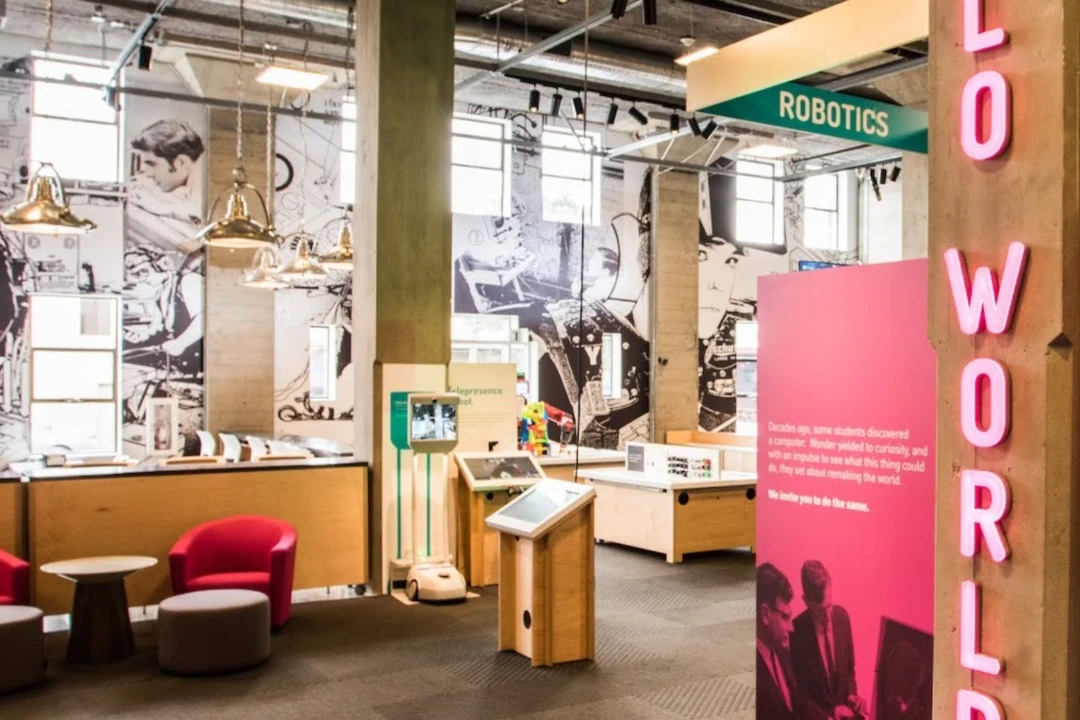Living Computers: Museum + Labs, the South Seattle guardian of Paul G. Allen’s collection of vintage computers and internet technology, will not reopen following its closure during the 2020 COVID lockdown. However, many of its prized possessions will find new homes through a series of auctions.
Christie’s Gen One Auction Series
Christie’s, in collaboration with Allen’s estate, will present “Gen One: Innovations from the Paul G. Allen Collection,” a three-part auction series. This includes two online sales, “Firsts: The History of Computing” and “Over the Horizon: Art of the Future,” open for bids through September 12, and a live sale on September 10 titled “Pushing Boundaries: Ingenuity.” History and tech enthusiasts should note that the highlight of “Pushing Boundaries” is a 1932 letter signed by Albert Einstein to President Franklin D. Roosevelt, with a high estimate of $6 million.
The auctions feature a variety of significant items, such as a notice about uranium’s potential as an energy source and its possible use in creating powerful bombs, foreshadowing the Manhattan Project. Only two copies of this pivotal letter exist; the other is housed in Roosevelt’s presidential library.
Ed White Space Suit Auction
Also up for bid in “Pushing Boundaries” is the space suit worn by astronaut Ed White, who made history as the first American to spacewalk during the Gemini 4 mission on June 3, 1965. The suit has a high estimate of $120,000. Visual art pieces will also be auctioned, including Chesley Bonestell’s painting Saturn as Seen from Titan (circa 1952), with a high estimate of $50,000.
Paul G. Allen Vintage Tech Auction
“Never before has the market seen a collection of this diversity that so beautifully chronicles the history of human science and technological ingenuity—much less one assembled by a founding father of modern computing,” said Marc Porter, chairman of Christie’s Americas. He emphasized the significance of Allen’s collection, noting that Allen not only preserved but also restored many items, drawing inspiration from them and sharing them with the public.
Living Computers Museum Closure
Living Computers: Museum + Labs opened in October 2012, offering a unique experience where visitors could interact with artifacts from the early internet era, such as the DEC PDP-10: KI-10 computer from 1971, which Allen and Microsoft cofounder Bill Gates used to hone their programming skills. In 2016, the museum expanded to include newer technologies like self-driving cars, virtual reality, and artificial intelligence.
The museum closed due to the COVID-19 pandemic in 2020 with plans to reopen later. However, in June of that year, layoffs began, signaling the museum’s permanent closure.
“LCM remains the only museum client I’ve worked for that not only allowed but encouraged visitors to use the collection objects, a real show of trust in museum visitors that communicated that the collection really was for them,” said Margaret Middleton, an exhibit designer who worked with the museum in 2017. “I’m sad to see the museum close—it was such an inspiring model.”
This upcoming auction offers a unique opportunity to own a piece of computing history, as the legacy of Living Computers: Museum + Labs continues through the dispersal of its extraordinary collection.













Hebru Brantley Explores “Black Odyssey” at SCOPE Art Show